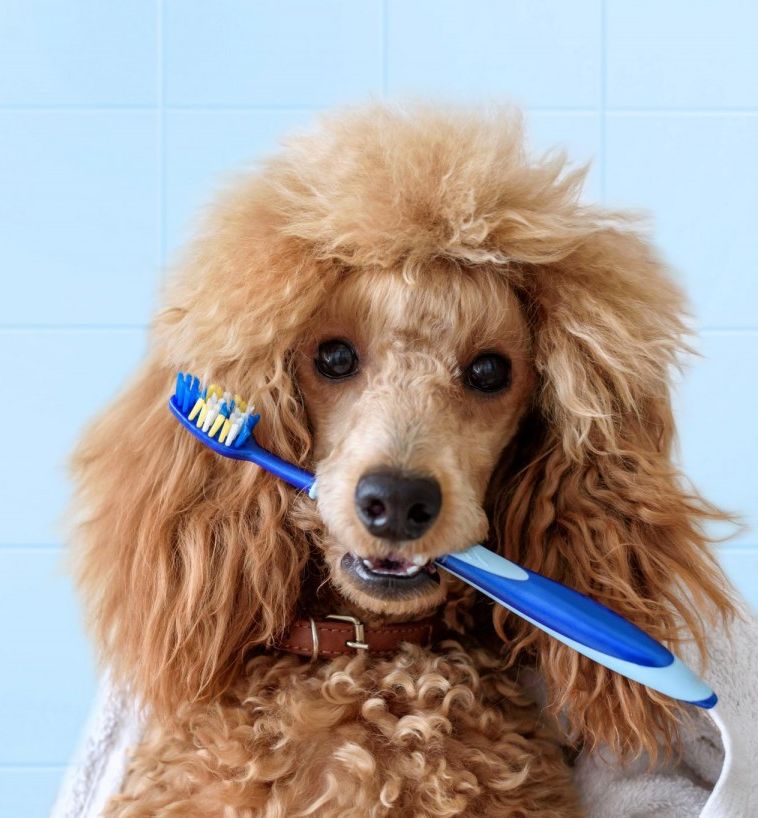Dentistry
|

|
Prophylactic ultrasonic dental scaling and polishing removes years of plaque and tarter build up restoring healthy teeth and gums, reducing mouth odor, and helping to prevent serious internal issues such as kidney, liver, and heart disease. Imagine what would happen if we never brushed our teeth or saw the dentist! Read below to learn how we take care of your pet's teeth!
The Physical Examination
At each wellness examination, your veterinarian assesses the health of the visible dental structures (teeth and gums). The teeth are checked for presence of dental calculus (known in human dentistry as tartar), cavities, and fractures. The gums are checked for signs of gingivitis (redness and inflammation) which is an early sign of dental disease. From this information, we can begin to assess the health of your pet's mouth as a whole. Unfortunately, we are unable to see what is happening beneath the gums while your pet is awake. That is where our anesthetized dental examination and cleaning comes into play!
Why Do We Use Anesthesia?
For many owners, putting a pet under anesthesia can be a scary thought, especially for an older pet. Anesthesia is actually quite safe for young and old pets under current standards. We are AAHA (American Animal Hospital Association) accredited which means that we hold ourselves to a higher standard of care. AAHA believes anesthesia-free dental cleanings are unacceptable, below standard of care, and cruel to your pet as it does not address any gum problems or oral diseases present. While the teeth may look clean above the gums, what you can't see is what is more important to your pet's health. Not being able to clean beneath the gum line and fully examine the teeth can leave bacteria behind. These bacteria can enter the bloodstream and reach vital organs such as the heart, kidneys, and liver, shortening your pet's lifespan. Unfortunately, cleaning beneath the gumline is uncomfortable and the majority of our patients would not tolerate this procedure without anesthesia.
|
The Complete Examination & Cleaning
We recommend yearly anesthetized dental cleanings for nearly all of our patients. While under anesthesia, each of your pet's teeth is carefully assessed for movement, gingival pockets, and other defects. Dental radiographs (x-rays) are taken at this time to assess the tooth structures that live beneath the gums. Did you know that 60% of your pet's tooth is hidden beneath the gum line? Dental radiographs help us to see this portion of the tooth and address any problems seen. A high-speed air drill is used for complicated extractions if needed.
After a thorough assessment, all surfaces of your pet's teeth will be scaled and polished, including the tooth surface below the gum line. At our clinic, we use a state-of-the-art dental scaler which uses a new technology that will not damage the tooth enamel. We also use a reciprocating, air-powered polisher with similar benefits to leave your pet's teeth white and shiny!
Extractions
Extractions are completed after the teeth are cleaned to reduce the amount of bacteria in the extraction site. A high-speed air drill is used for complicated extractions, if needed. Your pet will likely be sent home with pain medication.
At-Home Care
At-home dental care is an important part of continued oral health. Check back for more info!
|